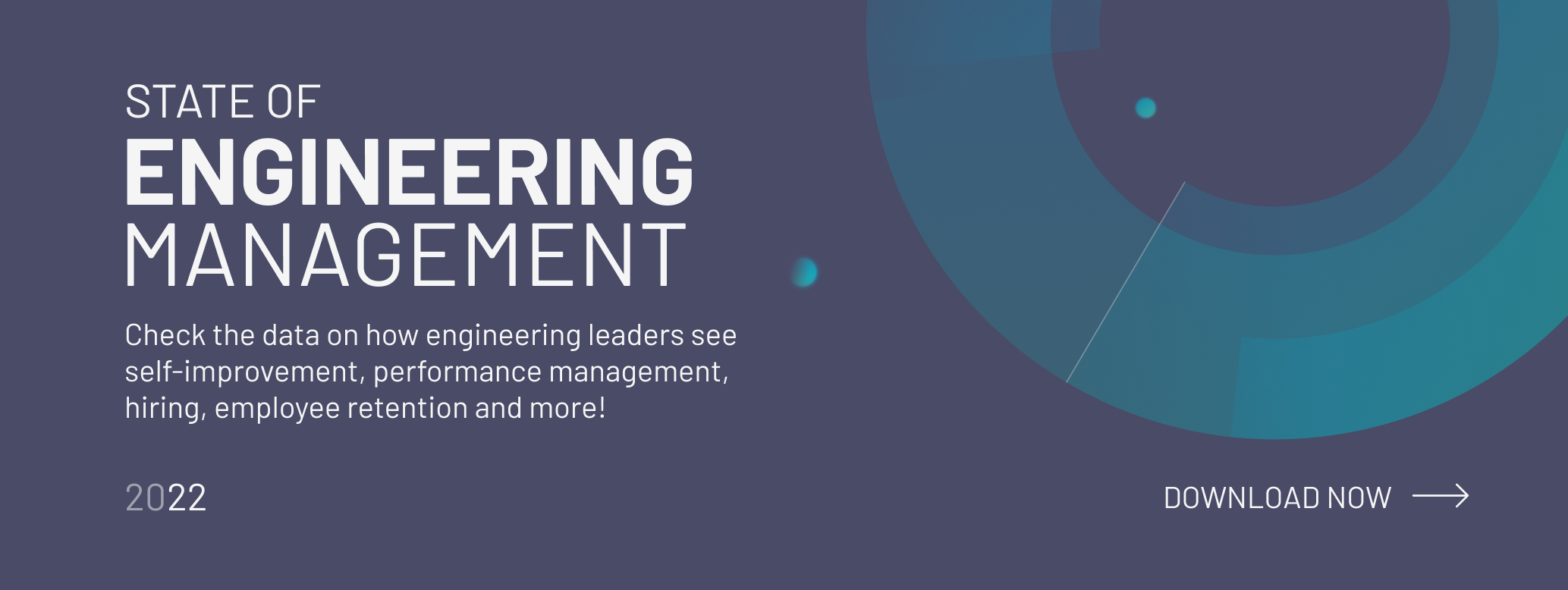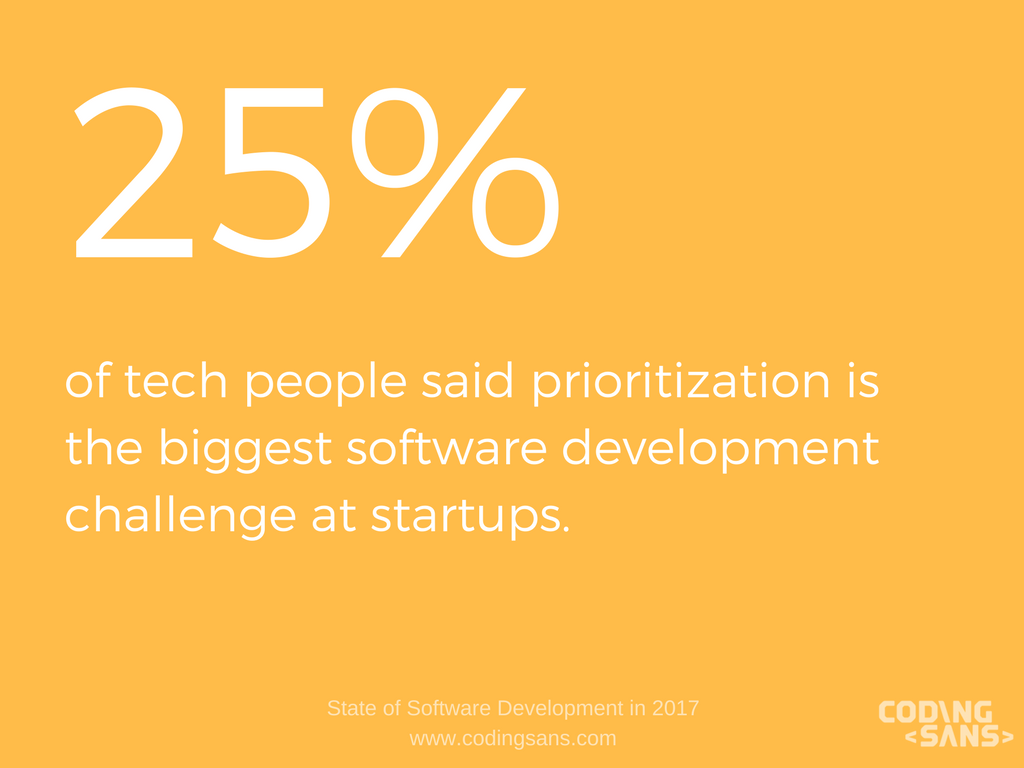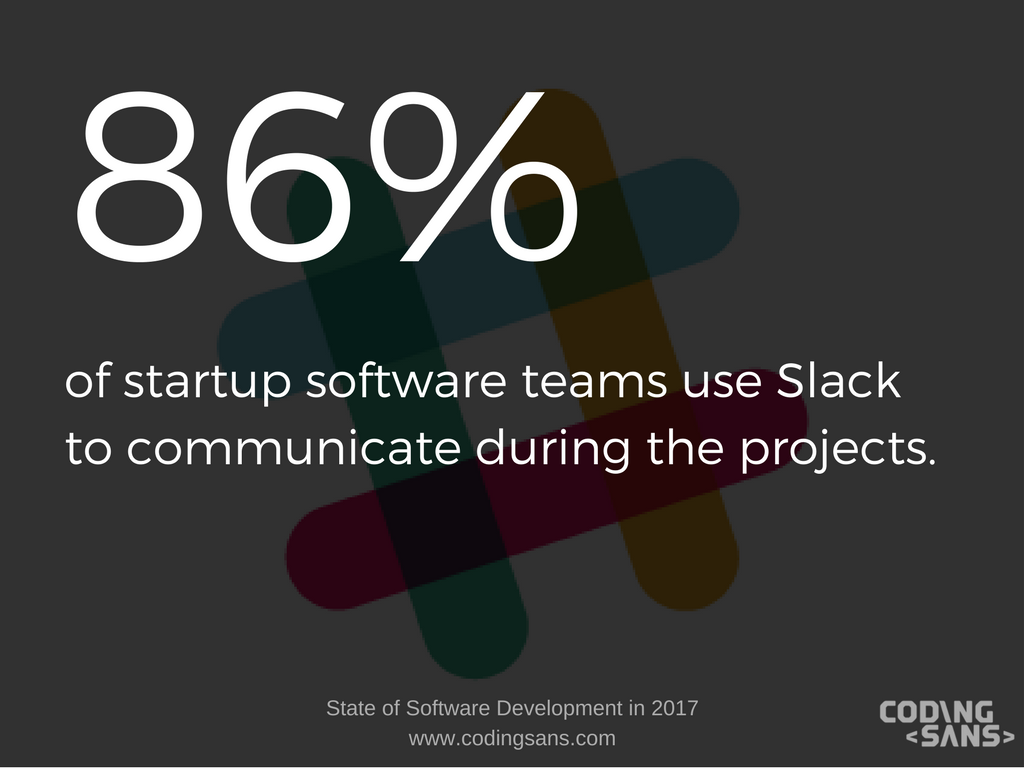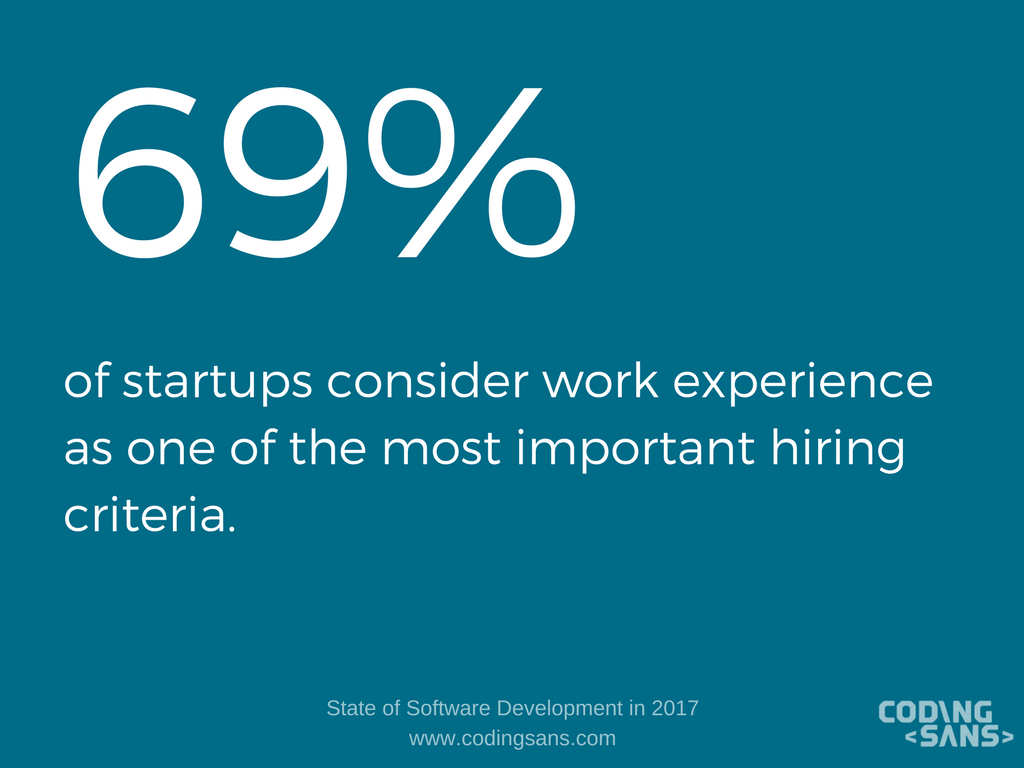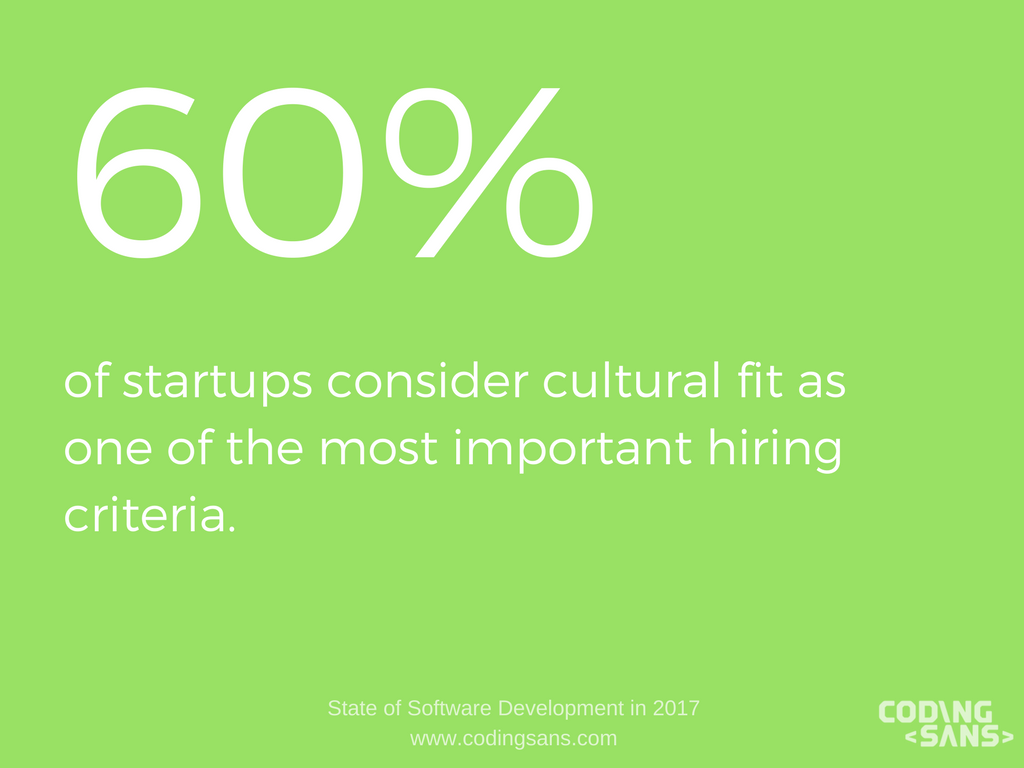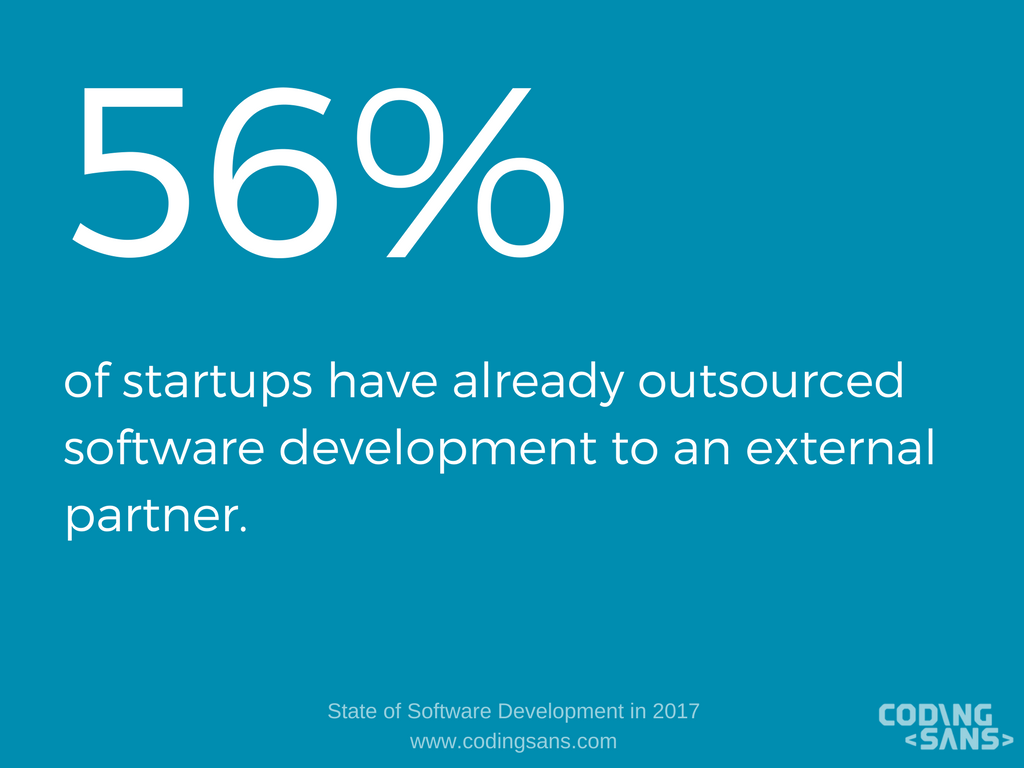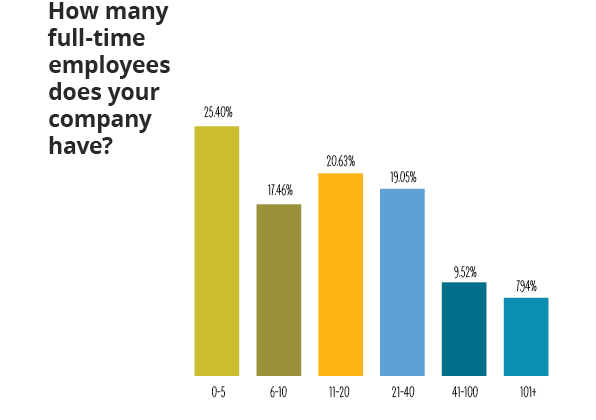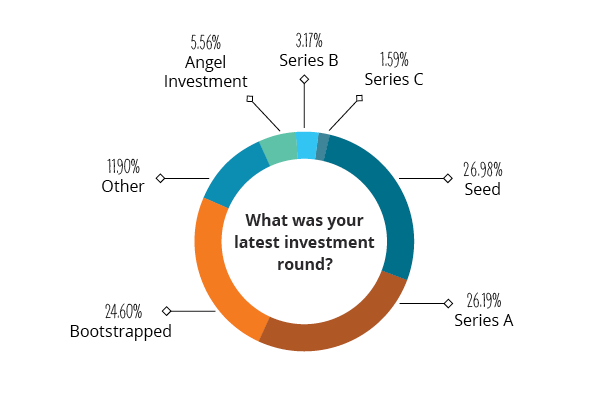
📌UPDATE: The new State of Software Development 2018 report is available. Click here to download!
It would take long to count the possible challenges startups are facing.
Startups need to act fast, learn fast and be as flexible as possible to survive and grow. But tackling business challenges is not the only difficulty startups have to overcome.
I used to work for a startup as a marketer, entertaining myself mostly with business-related challenges but working closely with tech people. I sensed the feeling of creating a product that serves high-demand business needs.
Needless to say, there was huge pressure on the software teams.
It was difficult to keep up with the technological changes, learn new technologies and apply new tools, manage software development, create roadmaps and estimate project length.
Tackling capacity issues and finding the most effective ways to ship the product people are looking for was also a challenge while building teams that were able to achieve that.
With this state of software development report, we want to shed light on how startups actually do it.
This is the first time we have published this report, and this is the first report focusing on software development at startup companies. We’re bringing some exciting new data, and we won’t stop here.
We’re planning to publish this report every year to see how trends are changing and how the startup ecosystem is evolving.
This post highlights 7 interesting stats from the report. The full state of startup software report contains even more fascinating insights about today's software development landscape at startup companies. Download the full study to discover:
- The #1 challenge startup software teams face
- The #1 priority software teams are tackling
- The most widely used agile methods by startups
- Acceptance of remote work
- The most popular programming languages and new ones startups are planning to use in the next 12 month
Jump right to the sections:
MANAGING SOFTWARE DEVELOPMENT: CHALLENGES AND METHODS
In our report, we wanted to know the biggest challenges tech teams are facing in a startup. It turned out one of the biggest challenges with a 25% share is prioritizing development. But there are many more; check out the other challenges in the full report.
In the report, we also asked what have they done to overcome this challenge. Based on their answers, the number one way to handle prioritization challenges is by listening to potential users and existing customers (by doing interviews and conducting surveys).
Also, hiring a dedicated product manager or spending more time on product management is a way out from this challenge.
Holding regular meetings (daily standups and prioritization meetings) also applied methods to better prioritize software development.
Do you want to know the #1 challenge tech teams in startups are facing? Download the full report here.
TOOLS USED FOR MANAGING SOFTWARE DEVELOPMENT
Startups can’t really avoid using tools for project management, team communication, software testing and version control. The report revealed what portion of startups use these tools, what are the most popular ones and what factors are limiting them from using one.
We know that smooth communication is essential to make the project efficient and eventually successful. Tech teams must apply methods that give a communication frame for the project (daily standup meetings, weekly meetings, etc.).
Tools are essential to support every kind of team communication. The report revealed that 85.71% of startups use Slack as a tool to communicate during the project; the second-most used tool is email (66.67%); the third is Google Hangouts (38.10%).
Download the full report and learn what tools startups use for:
- Software testing
- Version control
- Project management
HIRING AND KEEPING SOFTWARE DEVELOPERS
Hiring software developers is a challenge for any kind of company and startups aren’t exceptions. But what are the most important requirements startups look at when hiring software developers?
In general, we can say that startups are more focused on the skills a candidate has instead of their academic credentials and certificates.
Not surprisingly, 68.50% of startups consider work experience as one of the most important hiring criteria, following cultural fit (59.84%) and test project (31.5%) and side projects (30.71%).
This clearly shows that real-life experience rocks.
Get the full report here and learn more how startups build software teams:
- The most effective ways startups hire software developers
- How many weeks it takes to recruit a software engineer
- The most popular incentives to convince developers to work for a startup
- How startups keep software developers motivated
Bonus stat: How many software developers will be needed for the industry 5 years from now?
This question sounds obvious (you can guess the results), but we wanted to see how tech people see the job market by revealing the portions of people saying more, less or unchanged demand.
So, what did they say?
More than 90% said more software developers will be needed in the industry. Only 4.76% said there will be less demand for them and 3.97% said the demand will remain the same in the next 5 years.
OUTSOURCING SOFTWARE DEVELOPMENT: PRACTICES AND EXPERIENCES
Outsourcing software development is a way to handle capacity issues. It turned out that 56.3% of startups have already outsourced software development to an external partner (freelancer, software development company).
43.7% of the respondents said they haven’t outsourced software development yet but 14.5% of them are planning to do it in the next 12 months.
Download the full report and learn more about outsourcing practices and preferences:
- Were they satisfied with the results?
- Do startups prefer freelancers or software development companies?
HOW STARTUPS MEASURE PROGRAMMERS’ PERFORMANCE
The number of completed tasks and code readability are the top ways to measure a software developer’s performance. However, 26.98% of startups don’t use any kind of metrics to measure performance.
Download the complete state of software development report and get more info about:
- What metrics startups use to measure developer’s performance
- What tools they use for performance measurement
- Practices on making the code easily readable
ABOUT THE SURVEY
We fielded an online survey from February 2017 until March 2017. The survey was available in English and consisted of 45 questions. The responses were sourced via email invitations, partnering with other companies, social sharing and community promotions.
No personal information was collected within the survey and books were offered for responses as incentives.
We asked 126 tech people working for startups about software development. This chapter provides more info about who they are, what company they work for and where they’re based.
The full state of startup software report contains even more fascinating insights about today's software development landscape. Download the full study to discover:
● The #1 challenge startup software teams face
● The #1 priority software teams are tackling
● The most widely used agile methods
● Acceptance of remote work
● The most popular programming languages and new ones startups are planning to use in the next 12 months
📚 Do you want to read more?
About the author:
Tamas Torok is a marketer, helping tech companies to grow. He currently leads the marketing operations at Coding Sans and focuses on crafting high-quality, research-based content for engineering leaders. He started publishing the State of Software Development report and supports the growth of the Level-up Engineering podcast, dedicated to engineering leaders.
